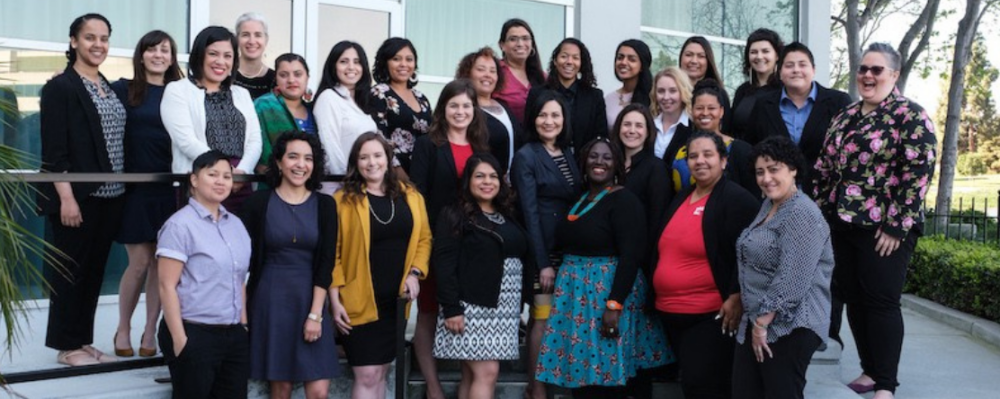
In the News
Washington Liquor Privatization Drives Sales To Oregon, Idaho
-
Focus Areas
Alcohol, Tobacco, Drugs & Mental Health -
Issues
Alcohol -
Expertise
Research – Surveillance -
Programs
Alcohol Research Group
 The privatization of retail liquor sales in Washington state has delivered a sustained boost to the state liquor divisions in neighboring Idaho and Oregon.
The privatization of retail liquor sales in Washington state has delivered a sustained boost to the state liquor divisions in neighboring Idaho and Oregon.
Private retailers took over liquor sales in Washington in 2012 following passage of a ballot measure, notably backed by Costco. An analysis by the Alcohol Research Group at the Public Health Institute in Emeryville, California, published last year found that liquor prices rose by an average of 15.5 percent after privatization but vary greatly by store type. The price increases were largely due to added state taxes.
These have caused a substantial diversion to neighboring states according to Idaho State Liquor Division Director Jeff Anderson.
“We estimate that seven percent of our business is attributable to cross border sales,” he said.
It was noticeable enough for Anderson to give the trend its own name when he briefed the Idaho Legislature Friday.
“The ‘Washington effect’ certainly had an impact on our sales and operations,” Anderson said.
Oregon liquor stores have also received a lasting boost from Washington consumers. Oregon Liquor Control Commission spokeswoman Christie Scott said she thinks it’s not only because of the lower prices, but also because the state’s liquor stores have “much better selection” than what the typical Washington grocery or drug store now stocks.
An interactive online map of Oregon retail liquor outlets shows a sharp jump in sales coinciding with Washington’s privatization. At ten stores near the Oregon-Washington state line the increases from 2011 to 2013 ranged between 17 to 67 percent, with most at doing at least 30 percent more business. Those boosts in sales were sustained through fiscal year 2015, the most recent year of data available.
Scott said the commission is in the process of adding up to 17 additional stores in the Portland metro area. She noted population growth is a major justification for the expansion alongside the demand from cross-border shoppers.
Originally published by Oregon Public Radio
More Updates
Work With Us
You change the world. We do the rest. Explore fiscal sponsorship at PHI.
Support Us
Together, we can accelerate our response to public health’s most critical issues.
Find Employment
Begin your career at the Public Health Institute.



